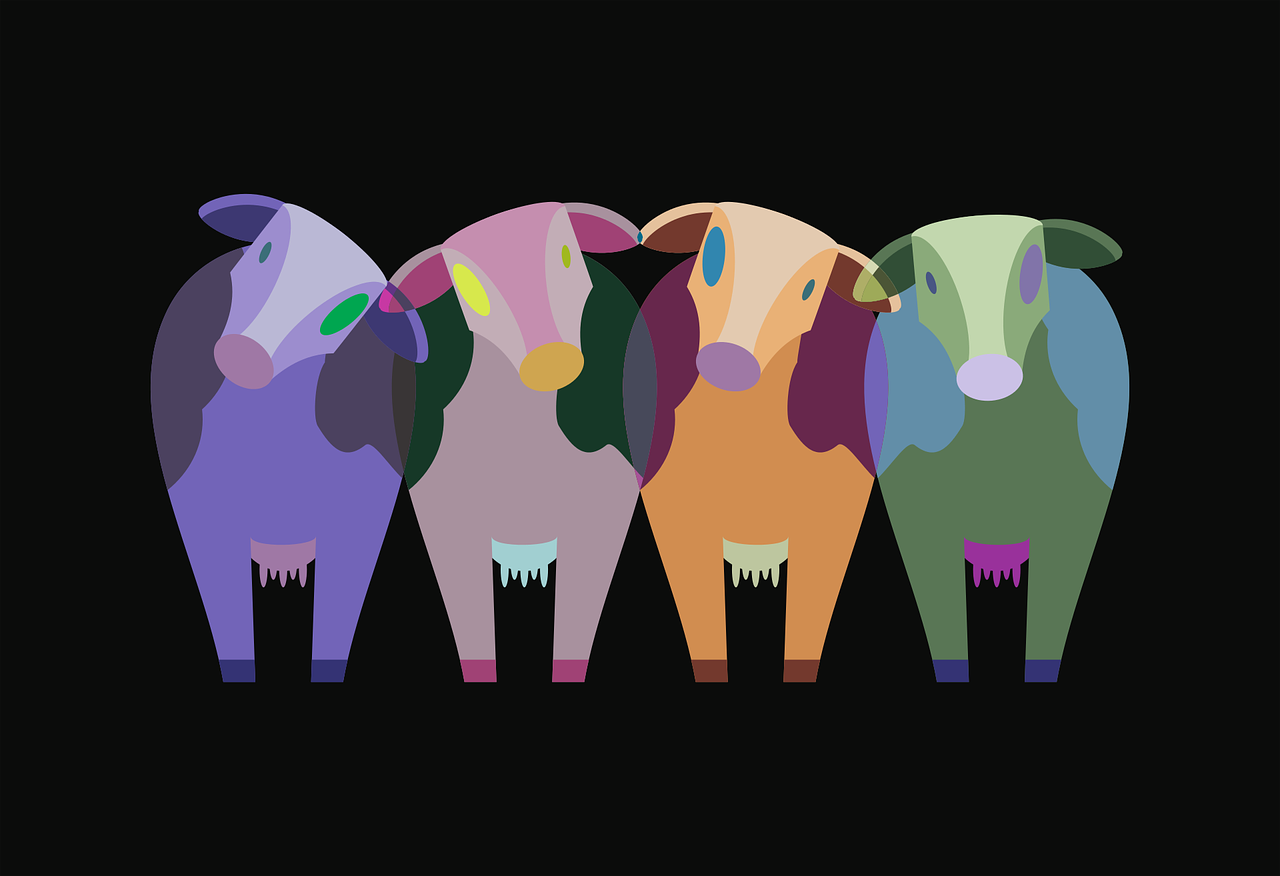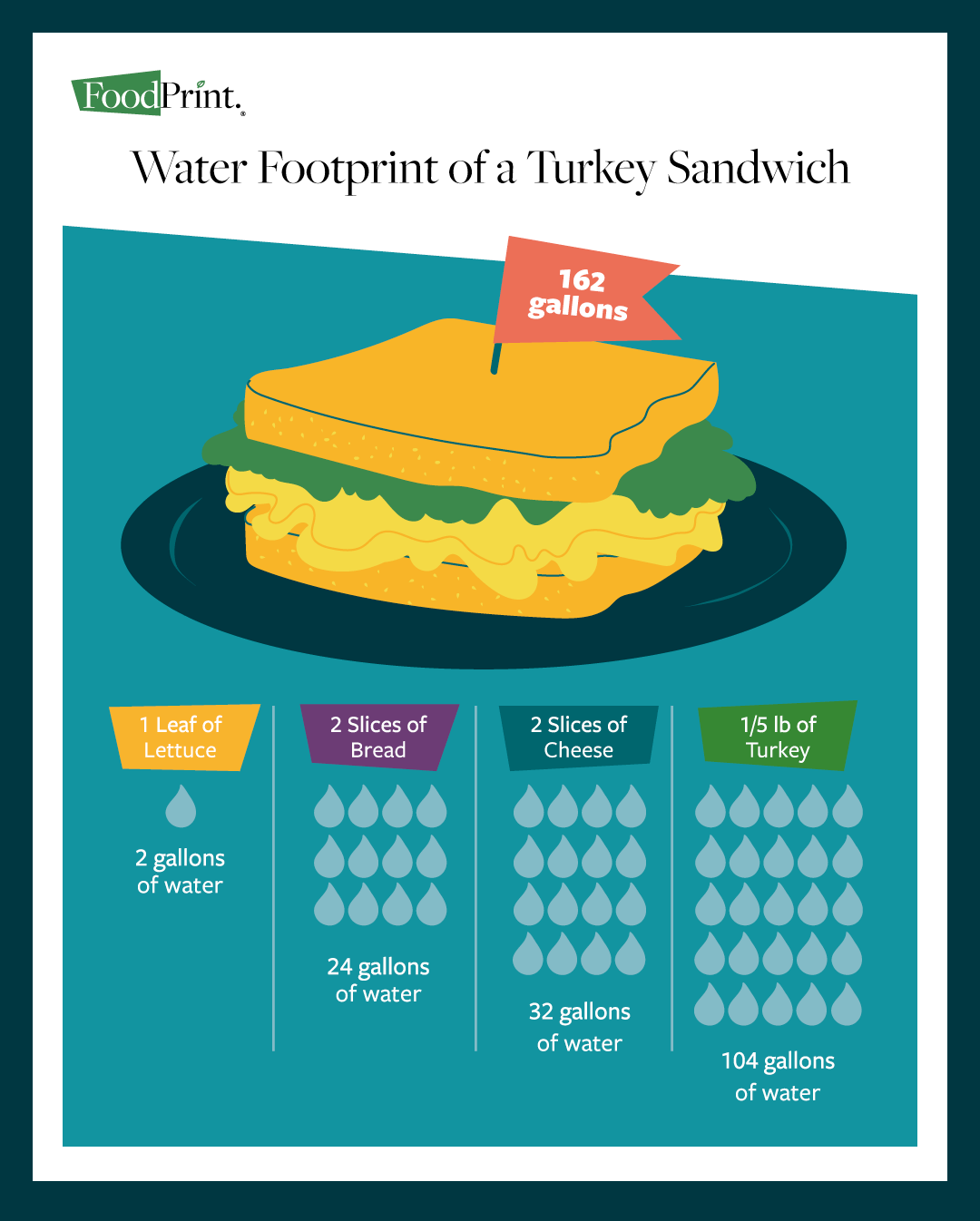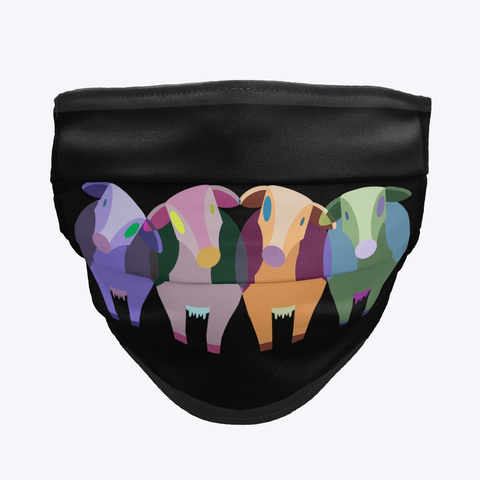
As medical tech is rapidly advancing (re: Microbots blog), the world desperately needs businesses to step up and solve the energy crisis, global warming, deforestation and water problems.
Fortunately, in our rapidly advancing world of interconnected geniuses there are solutions coming to some of these planet-wide issues that affect everyone.
Something as simple as a turkey sandwich has a high water cost, but not for all ingredients.
A loaf of bread takes about 240 gallons of water to produce, while one pound of cheese takes about 382 gallons. A simple cheese sandwich adds up to about 56 gallons of water. Add some sliced turkey, and the water footprint jumps to 148 gallons.

Source: https://foodprint.org/issues/the-water-footprint-of-food/
Meat production worldwide, accounts for between 14.5 percent and 18 percent of human-induced greenhouse gas emissions as well.
Additionally, cattle farming is destroying the largest producer of oxygen for the planet, the Amazon rainforest. According to the business section of the Washington Post:
From 2010 to 2017, beef exports climbed 25 percent, to 1.5 million tons, according to the Brazilian Beef Exporters Association. To accommodate that growth, cattle ranchers have been pushing their herds into the Amazon, clear-cutting and burning the forest as they go.
You don't have to be a tie dye Woodstock-Whole Foods hippie to crunch the data and see the viability of a business model that relies on depleting oxygen supplies for hamburgers - isn't viable.
Poorly planned resource management strategies mean there will be less hamburgers not more if there isn't a smarter approach to meat production - because when all the land is farmed & water is used up, what then?
The Toll on Biodiversity
The principal drivers of biodiversity loss include habitat loss and degradation, overexploitation, pollution and climate change.
Livestock farming isn't by itself 100% detrimental to the environment and biodiversity. In fact, past pastoralism practices helped create high value cultural and natural areas we have today because of the grassland ecosystems that grazing creates.
However, the problem is that many ecosystems created by traditional farming practices have all but disappeared due to increasing agricultural intensification, especially in developed countries.
It comes down to supply and demand. When the demand is greater than the supply, suppliers can be motivated to cut corners or try methods of production that have long lasting damage in peripheral areas.
Hong Kong is the biggest global importer of Brazilian beef products, bringing in about $1.5 billion worth in 2017, according to the Brazilian Beef Exporters Association. China is second, at nearly $1 billion, followed by Iran, Egypt and Russia. The United States, which imported $295 million in beef, came in sixth.
The increased demand for meat has resulted in attempts to increase the level of production, where to increase farming outputs, farmers and big corps owning farms have moved livestock out of pastures and into barns so that agricultural areas can be harvested more intensively.
Agricultural intensification has been widely regarded as a driving force of biodiversity loss and whereas traditional farms provided important habitats for biodiversity, many of these important habitats are either declining or have been lost already.
So what's the solution? The whole world has to go vegetarian? Or vegan? While that would solve a ton of problems for reduced water supplies and loss of biodiversity it isn't realistic to expect the entire planet to get on board with changing their diet.
Luckily, there is another way to solve these problems and it begins with a $300,000 dollar burger.

Source: Dw.com
Stem Cell Grown Meat Offers Hope
Cultured stem cell grown meat on the other hand uses 99% less land, and 82 to 96 % less water, as well as producing 78-96% less greenhouse gasses.
The first lab grown hamburger patty cost $300,000 dollars to make. It was made in a Dutch lab at Maastricht University. The material was made from stem cells extracted from a cow's neck. By contrast, now Aleph Farms' small piece of steak costs $50 to produce.
Cellular agriculture is a brand new industry and there are a lot of opportunities for start ups to gain a foot hold here and make it big, just like there is in autonomous surgeon robots of microscopic size in the biotech field.
The Promising New Field Of Cellular Agriculture
San Francisco, California–based Memphis Meats has beef, duck, and chicken under development—with investment from (conventional) meat giant Tyson Foods. JUST, also based in San Francisco, has a chicken product based on cells originally isolated from the feather of a chicken (named Ian).
In 2018, the U.S. Cattlemen’s Association in Washington, D.C., petitioned USDA to restrict the use of the words “beef” & “meat” on product labels to only products taken from animals who “have been born, raised, and harvested in the traditional manner.”
So there is bound to be contention from rivaling industries of traditional farming. The dairy and meat industry are heavily subsidized by the FDA with powerful lobbyists backed by millions of dollars.
Just how will this come to a head when stem cell grown meat becomes a major threat to the meat market? Will big farms stock go down?
Will they try a smear campaign or bribe politicians like the auto industrial complex did for the electric car (before Elon Musk wiped the floor with the more aesthetic-driven Tesla)?
It will be interesting to see how this plays out, especially amidst the new covid-altered world. But there is also one more thing to consider:
Just what is the USDA’s responsibilities when it comes to lab-grown meat? That isn't clear at all here's why:
In order to inspect the lab grown meat, the USDA will need people they don't have right now, with higher qualifications in the type of science needed to even understand what they are regulating.
As of right now, the proposal to have USDA regulate cellular agriculture doesn’t have unanimous support, even in the agriculture subcommittee that advanced the bill to the full Appropriations Committee.
From Sciencemag.com:
Representative Rosa DeLauro (D–CT) argued that the decision is premature. “Presently, I don’t believe we know enough about the strengths and weaknesses of this type of food production,” she says. “We should allow experts to weigh in before taking on this major policy implication.” In March, DeLauro wrote to the U.S. Government Accountability Office to request a review of the regulatory framework for cellular agriculture.
What is clear is that this is one of the new industries that has risen to the call for helping us regulate resource management better so that many can enjoy eating meat without depleting our supplies.
In addition to saving animals from whole sale slaughter in the billions every year, stem cell grown cultured meat requires less energy, takes up less land, and releases less methane and other greenhouse gases than traditional meat production does.
Would you eat a lab grown hamburger?

. . .
Enjoyed this blog?
Signup here to get updates on new startup blogs.
Is Facebook not explaining why the disapproved an ad?
I worked at FB for years and offer FB Policy Consulting here
Available for freelance writing and guest posting on your blog: [email protected]






Leave a Reply
You must be logged in to post a comment.